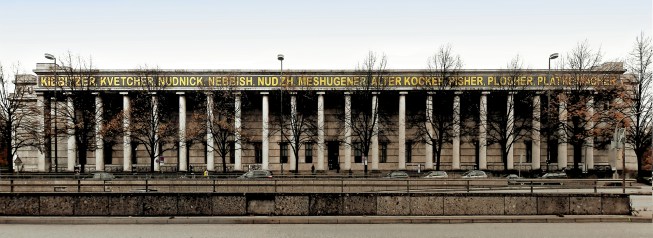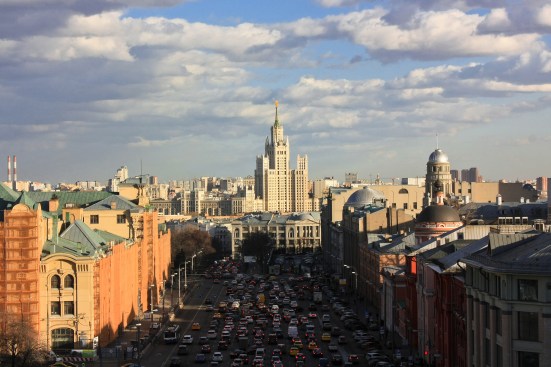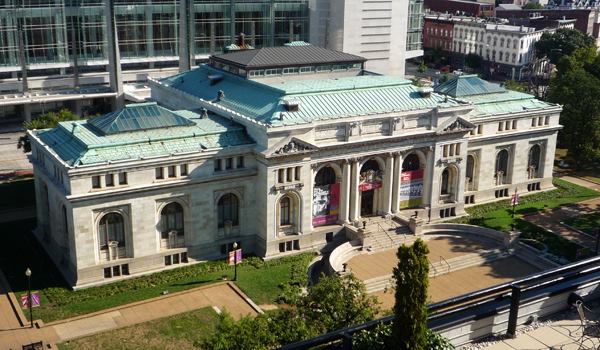The new school year has started while the hot summer of racism still lingers, and I prepared my first few History of Architecture 1 classes here at the School of Architecture at Taliesin while watching the violence in Charlottesville, Va., and the president’s morally abhorrent reaction. So I was centuries and continents away in my thoughts when I came across a phrase in the class’s textbook—Spiro Kostof’s and Richard Ingersoll’s World Architecture: A Cross-Cultural History (Oxford University Press, 2012)—“damnatio memoriae.” It means the erasure of all the ways the memory of a former ruler is inscribed in structures. We usually think of that removal as the result of invasion or revolt against existing power structures, but it started out as attempts by new rulers, sometimes the sons of pharaohs such as Hatshepsut or kings such as Sargon I, to erase all memory of their parents. It brought up the obvious question: Are we now trying to do the same here in the United States?

I do not deny that we should cease honoring slaveholders and slavery apologists in our buildings and statues. Other countries have taken down the statues of mass murderers such as Hitler and Stalin for good reason, and, in the end, there was not much difference between their concentration camps or gulags and American plantations, however elegant the latter’s architecture might have been.

At the same time, Germany has preserved such Nazi monuments as the Haus der Kunst in Munich, a museum whose current director, Okwui Enwezor, was born in Africa and which shows some of the most cutting-edge art around. Stalin’s Seven Sisters, his attempts to rival America’s skyscrapers, still dominate Moscow’s skyline. And, in this country, we flock to Southern plantations that have become tourist destinations and have helped to install somebody with neofascist sympathies in another house that, as the previous First Lady pointed out, was built by slaves.

AlexDoomer
Moscow skyscraper and traffic jam
So, is it OK to leave the architecture and take down the statues? Is the explicit nature of statues such that they offend, while architecture just acts as a record of former power structures? Is it enough to rename the buildings, as Yale University is doing with Calhoun College, named after an apologist for slavery, while Washington and Lee University is thinking of doing the same with some of the structures named for the supreme general of the Confederacy?
Do we accept the many monuments to figures such as Andrew Carnegie who, before he turned to funding free public libraries, ordered the slaughter of workers by the dozen—even if those libraries have recently turned into Apple stores? Does the fact that the patron saint of American steel indulged in such a massive act of buying indulgences justify keeping his name on those buildings and preserving them as records of his goodness?

Bobak Ha'Eri/Wikimedia Commons
The Carnegie Library in Mt. Vernon Square.
I have another suggestion. Instead of concentrating on damnatio memoriae, let’s construct new memories and futures. I would commission artists, architects, and designers to create counter-monuments, frameworks, or some form of critical structure that stands in defiance to the memorials to those tyrants, butchers, and slave owners, whether they are statues of buildings.

ca. 1910
Some have suggested putting the statues in museums, which are already filled with art that records violence and injustice but does not comment on that history. We should go further. For every mediocre statue of Robert E. Lee—for, another thing I have not seen mentioned is that I do not know of any fine ones—let’s have one of Augustus Saint-Gaudens’ beautiful memorial to Robert Gould Shaw and his regiment of African-American soldiers that fought for the Union. Let’s find a way to make the violence and injustice hidden inside those bronze statues and grand edifices to the Confederacy real. Ned Cramer argued on this site last week for the expedited construction of the Memorial to Enslaved Laborers at the University of Virginia’s Charlottesville campus. I would go further. Build that circular structure around the statue of Lee or even around Jefferson’s library, instead of off to the side.
#papermonuments #peoplesmonuments #monumentsforall pic.twitter.com/eT6R60vipd
— Paper Monuments (@PaperMonuments) July 2, 2017
In New Orleans, Bryan C. Lee Jr. is working on “Paper Monuments,” posters that provide a counter-history of that city. This is a wonderful idea, but they should be real counter-monuments. We should make the suppressed past present through art and architecture. Let us not hide our shame, but face it, confront it, and make it real and present. If art and architecture have the power to evoke and enshrine the bad, let us entomb that evil with good.
